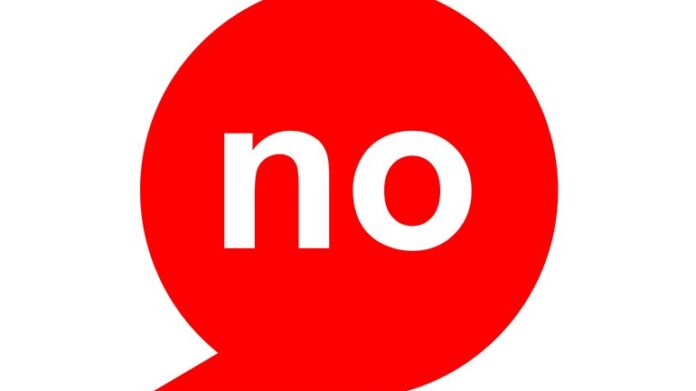
Driving sales volume in today’s slow-growth economy can prove challenging. In order to drive stronger profits of their own, customers are putting constant pressure on vendors to lower pricing. At the same time, sales reps are pushing for lower pricing to land new business in order to meet their own quotas. Retaining the right customers and landing new business is a must, but doing so at a loss is not a winning proposition. It is more important than ever for business owners to remain vigilant about focusing as hard on the bottom line as on revenues. The following three areas are suggestions for where to start.
1) Retain the right customers
Don’t be swayed solely by the size of the order – a seemingly “large” customer could actually be costing you money. Do you know who those customers are? If not, determine the profitability of your customers as a first step.
Calculate the annual revenue from each customer and the cost to service them, including factors like labor, support, redos, delays and returns. How do the margins of each customer compare to your average? Can you afford to lose the revenue? Is the customer influential in other ways? All of these considerations will help you identify your prime customer relationships and develop a strategy to retain them.
2) Say “goodbye” to unprofitable customers
Do you have the intestinal fortitude to say “goodbye” to a long-term relationship that is no longer win/win? Has your customer consistently pushed you for price concessions to the point where you can no longer lower your own costs or drive efficiencies to serve them profitably? Selling at a loss only serves the buyer: it can kill a provider. Severing ties with an unprofitable customer may allow you to survive – and potentially increase your company’s net profit.
However, don’t shut the door permanently. I have heard of instances where owners have regained business at higher margins because a new vendor could not deliver on the intangibles the customer didn’t realize they valued.
3) Be selective about the new customers you bring in
Know your sweet spot – that will tell you who you can best serve. Does the prospect fit the profile of your most profitable customers? The costs to attract and onboard new customers is significant, so be cautious here. The same goes for the products and services you offer. Do they meet your profitability targets, and can you deliver quality every time? Question new work that doesn’t advance your strategic differences.
Bottom-line profitability is most important in our current economic environment. There are times when saying no to potential new business from an existing or new customer is the right decision.
To stay updated on financial topics relevant to business owners and self-employed entrepreneurs, sign up for our series.




